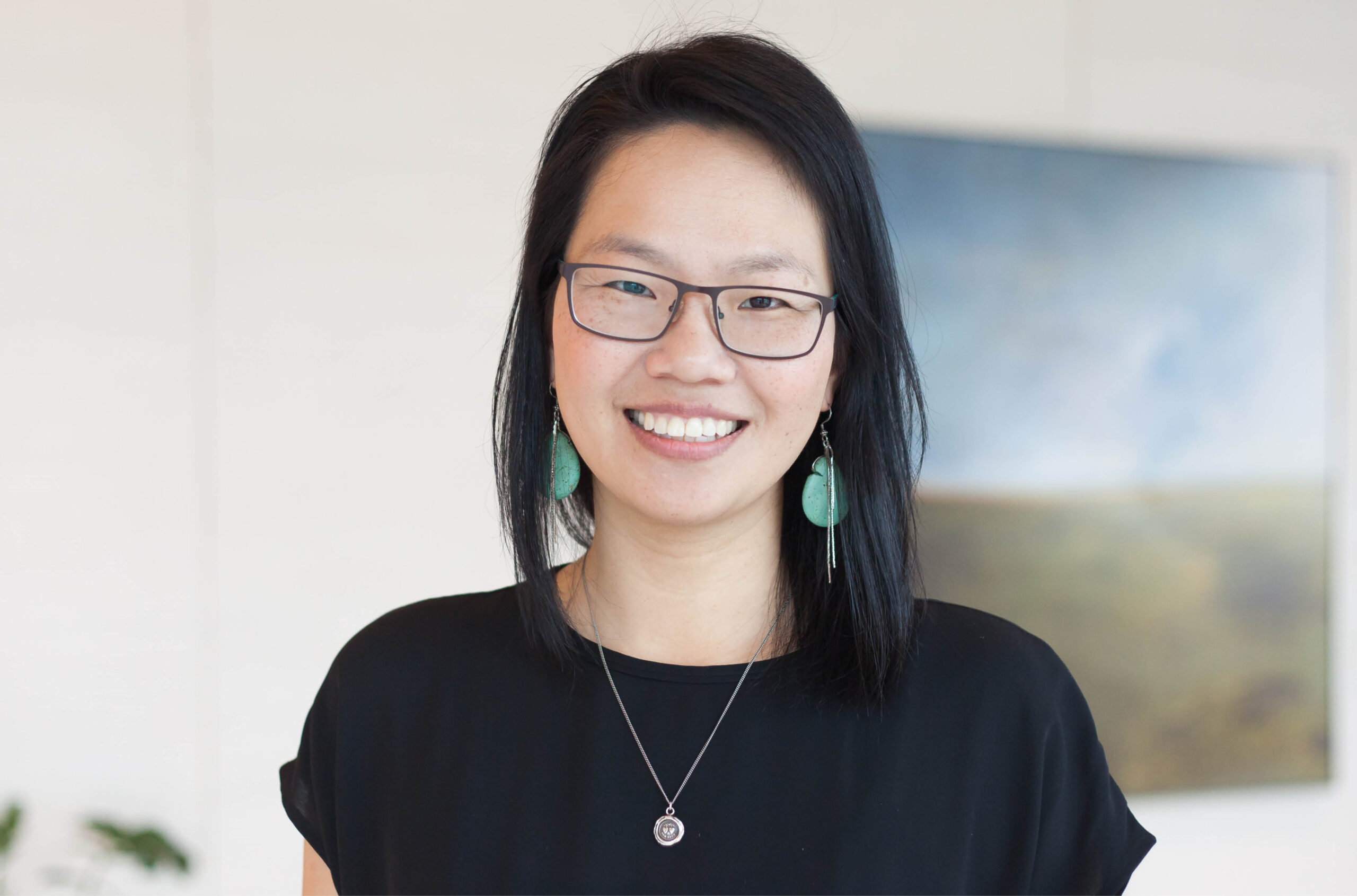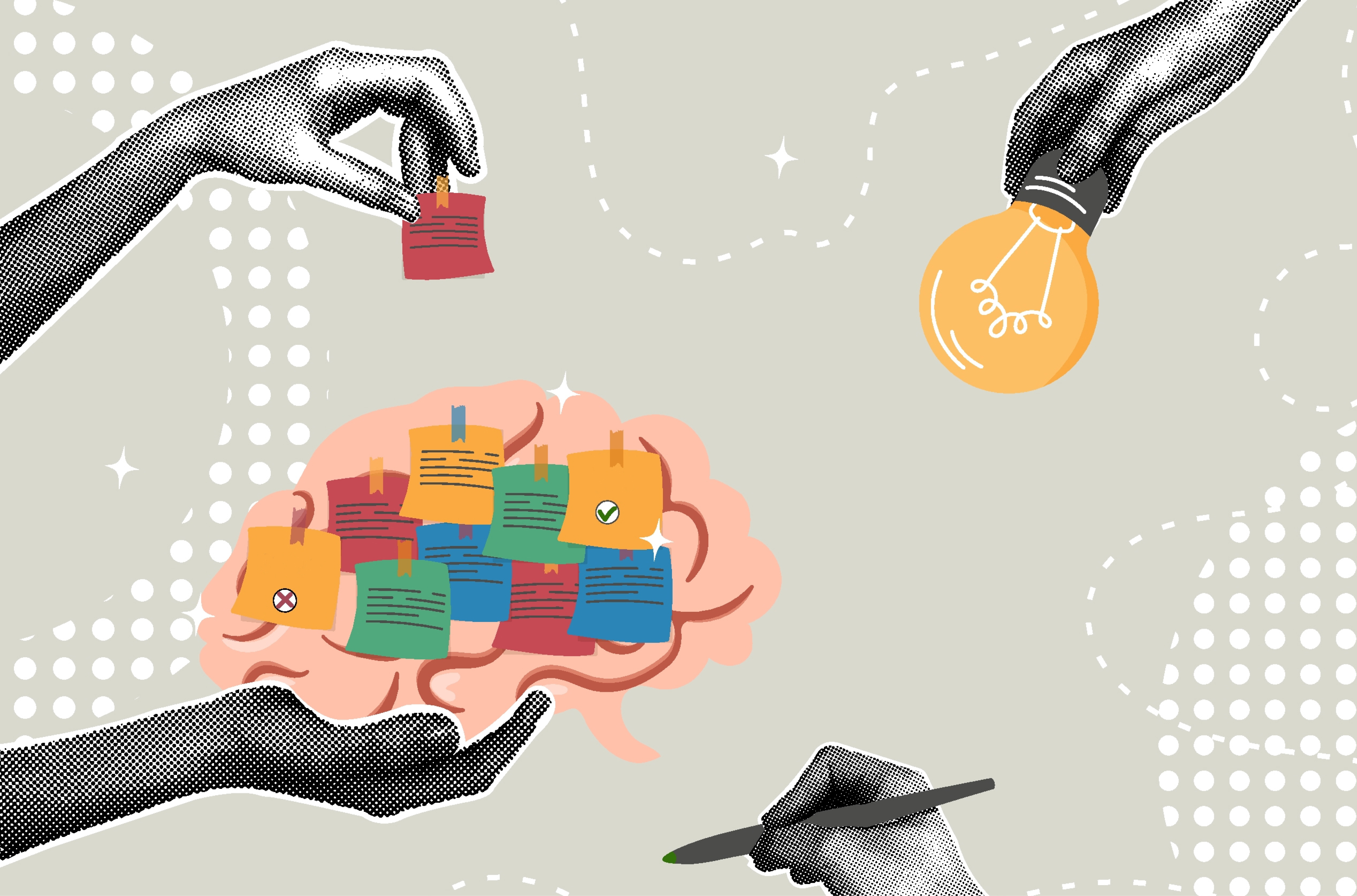Teaching students the benefits of planning backwards
By visualizing the end goal of a project or assignment from the get-go, students can clearly identify which steps are truly necessary.

It’s November. Instructors and students have the end of the fall term in their sights. At this point, it’s tempting to focus on just getting to the end, saving any new ideas for the winter. But the late-semester period presents an opportunity for instructors to use small amounts of class time to help students prepare effectively for end-of-semester assignments and final exams.
Students come to their courses with different learning strengths and needs. Incorporating explicit instruction of study strategies into courses benefits students by equipping them for success and helps address study skill inequalities. According to Ulrich Boser, “when educators teach their students the skill of learning, the students perform much better in class. The effects have been particularly significant for students from disadvantaged backgrounds who might not have acquired robust learning skills in high school.” Explicit instruction can also particularly benefit neurodiverse students.
One effective technique to share with students is backward planning.
Backward planning as a study skill
Planning is typically done by thinking about a goal that one wishes to achieve and the steps to get there. This common “forward planning” approach plans steps in chronological order. Backward planning, also known as reverse planning, flips this by planning steps to complete a project in reverse chronological order. Tynan Gable describes it as “reversing the order of planning to determine the most effective course of action to take in order to achieve your end goal” (emphasis added).
When students use backward planning, they begin by visualizing the end goal — their completed assignment or exam, at the standard level they desire — and then mentally trace back through the specific steps that got them to this imagined end goal. Backward planning can help students more clearly identify which steps are truly necessary, and in so doing help students avoid wasting time on less valuable activities.
After the student is aware of the necessary steps in reverse chronological order, they can use this to work backward from the due date to the present, attaching dates to each step. As Linda Flanagan explains, “A reverse plan for a research paper, for example, would start with the due date, then determine when a first draft would have to be done, and before that when research would need to be completed, and so on, going backward to the present.”
Research suggests that backward planning can improve student performance. According to a 2018 study by Jooyoung Park, Fang-Chi Lu and William Hedgcock, “Compared with forward planning, backward planning not only led to greater motivation, higher goal expectancy, and less time pressure but also resulted in better goal-relevant performance.“
Instructors can also benefit from this method. I have taught my students backward planning for years. In my opinion, doing so has resulted in fewer requests for extensions, fewer late submissions, and better-quality student work.
Teaching students how to create a backwards timeline
There are many ways to help students use backward planning. Personally, I like to teach students how to create and use a backward timeline for a key class assignment, such as a term paper. I use about 10 to 15 minutes of class time to do so. This general idea can easily be adapted to teach students how to plan their preparations for the final exam.
First, I have students work in small groups. Using the assignment description and grading rubric as resources, I ask them to imagine their completed assignment. I then ask them to work backwards to identify what actions their future self might take to complete the assignment. I ask them to write these things down for themselves in a reverse chronological list, starting with the assignment submission. As they work, I wander the room to allow them to ask me questions for clarification. This step takes about five minutes.
Second, I ask students to work individually and assign specific dates to the reverse chronological list, starting with the day they plan to submit the assignment and working backwards to the present day. When they have completed this, they can share their timelines with their group mates and discuss them briefly.
Helping students implement their own backwards timeline
I always invite students to take a minute or two to add these timelines (with reminders) to their phone calendars. In my experience, some students do so while others choose not to. I do let them know that I will be checking in with them in future classes to ask how they are doing. And then I follow through: in future class sessions, I ask students to take a minute individually or with a partner to assess their progress against their own timelines and to adjust as necessary. I also use this as an opportunity to remind students of the different campus support resources available to them, including the writing centre, the university librarians and their student support pages and services, and student mental health services.
As noted, I have been teaching students to use backwards timelines for years. Many students have told me that they find it helpful. And while it is class time that is not spent on content learning, I believe this exercise helps them develop their time and project management skills, and through this, better engage with and learn the course content. In my experience, it has been a worthwhile trade-off.
Some resources for teaching students the skill of backwards planning
In addition to explicitly teaching backward planning, there are resources you can share with your students. The University of Victoria’s virtual centre for student learning has numerous backwards planning resources for students, including lists of detailed steps, visual examples of timelines, and a short YouTube instructional video. The University of Waterloo student success office has a backwards planning worksheet for students. Student coach Seth Perler has a YouTube video on backwards planning for exam preparation. Your own university’s teaching and learning centre or library may also offer additional resources.
Continuing the #SkillsAgenda conversation
Do you incorporate student skills training and/or professional development in your teaching? If so, I would love to hear about it in the comments below. I also welcome opportunities to speak with universities about skills training. Please connect with me at [email protected], subject line “The Skills Agenda.” Finally, for additional teaching, writing, and time management tips, please check out my Substack blog, Academia Made Easier.
I look forward to hearing from you. Until next time, stay well, my colleagues.
Featured Jobs
- Psychology - Assistant ProfessorSt. Jerome's University
- Education - Indigenous Lecturer or Assistant Professor, 2-year term (Teacher Education)Western University
- Division Chair/Division Head/Chief and Academic Vascular SurgeonWestern University
- Business - Assistant Professor (Digital Technology)Queen's University
- Nursing - Assistant Teaching ProfessorOntario Tech University

















Post a comment
University Affairs moderates all comments according to the following guidelines. If approved, comments generally appear within one business day. We may republish particularly insightful remarks in our print edition or elsewhere.
1 Comments
Planning backwards is skill can be incredibly helpful for students in almost any academic field. By thinking about their ultimate academic goals first and breaking them down into manageable steps, students can develop strong planning strategies and make good use of their time.